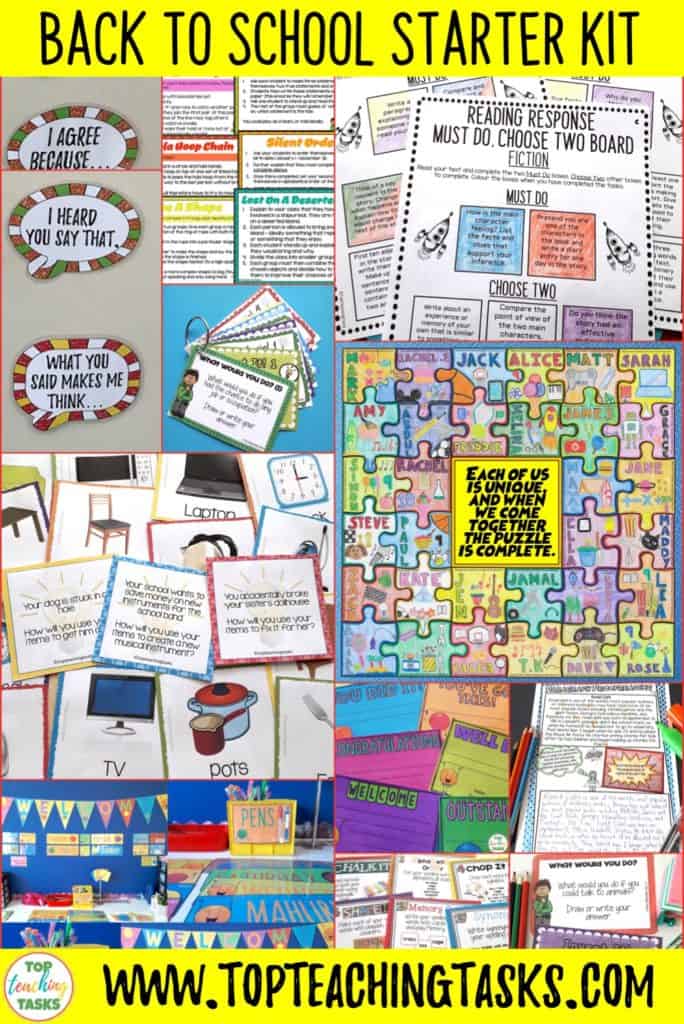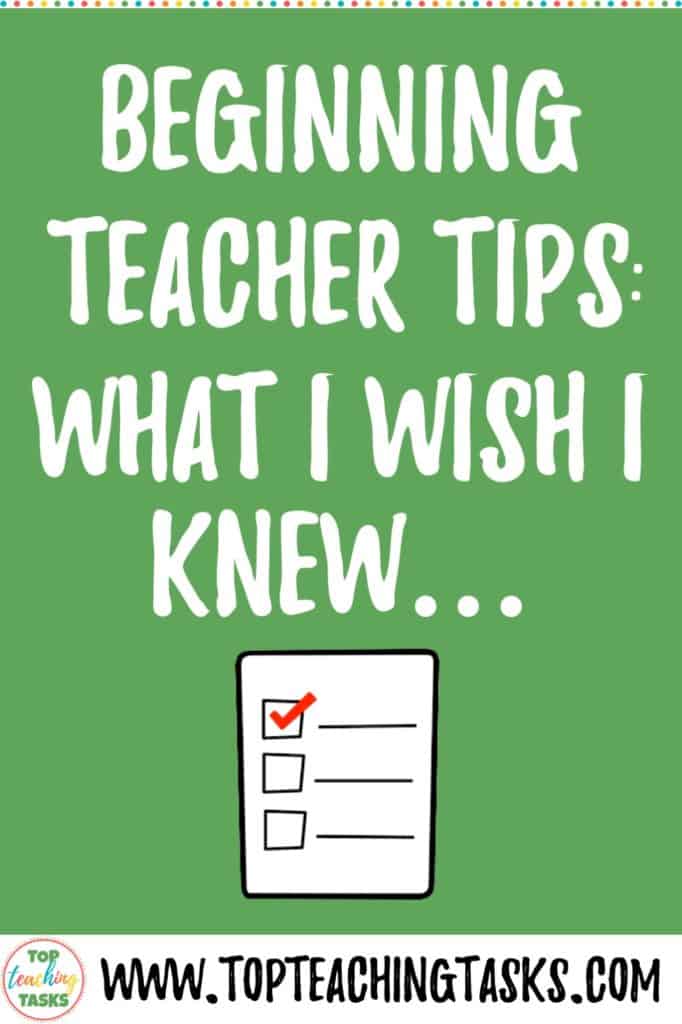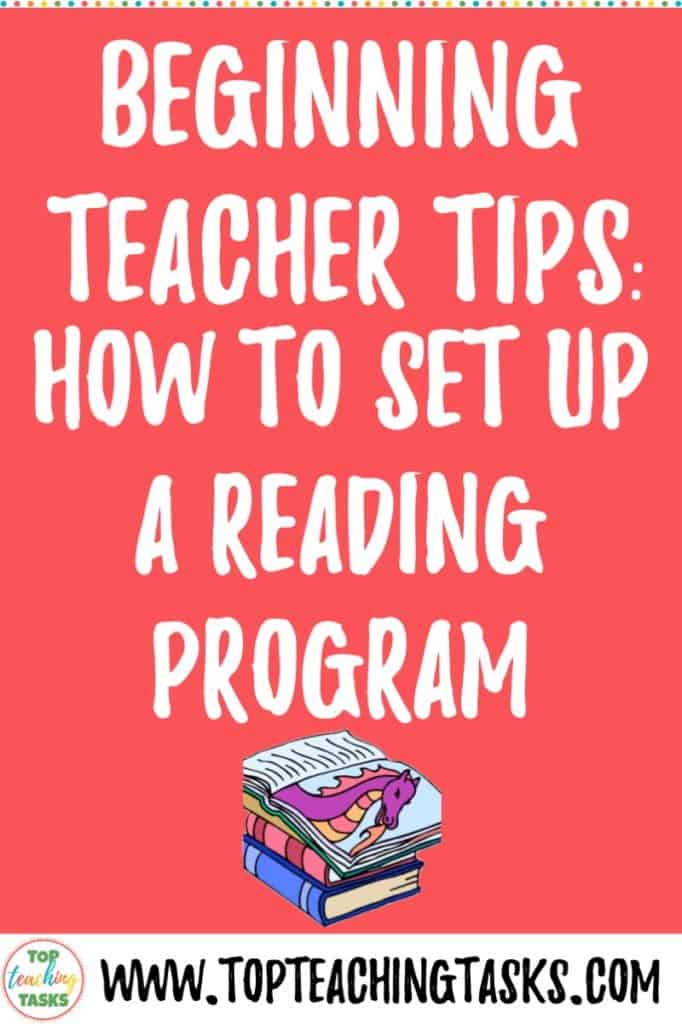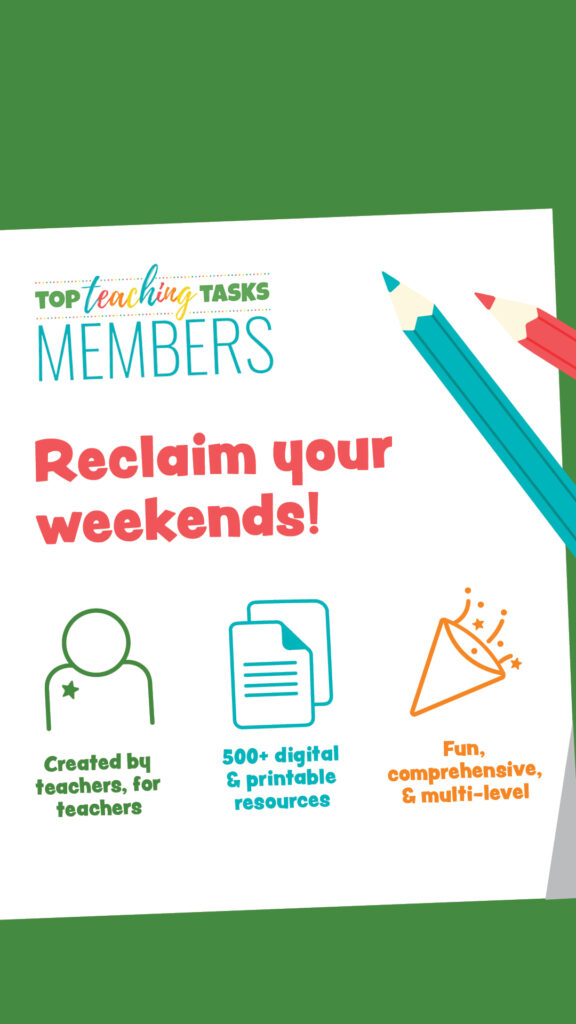Effective Classroom Management: One Book You Have to Read
Effective Classroom Management is a goal of every teacher, so I thought it would be a great focus as part of my Beginning Teacher blog post series.
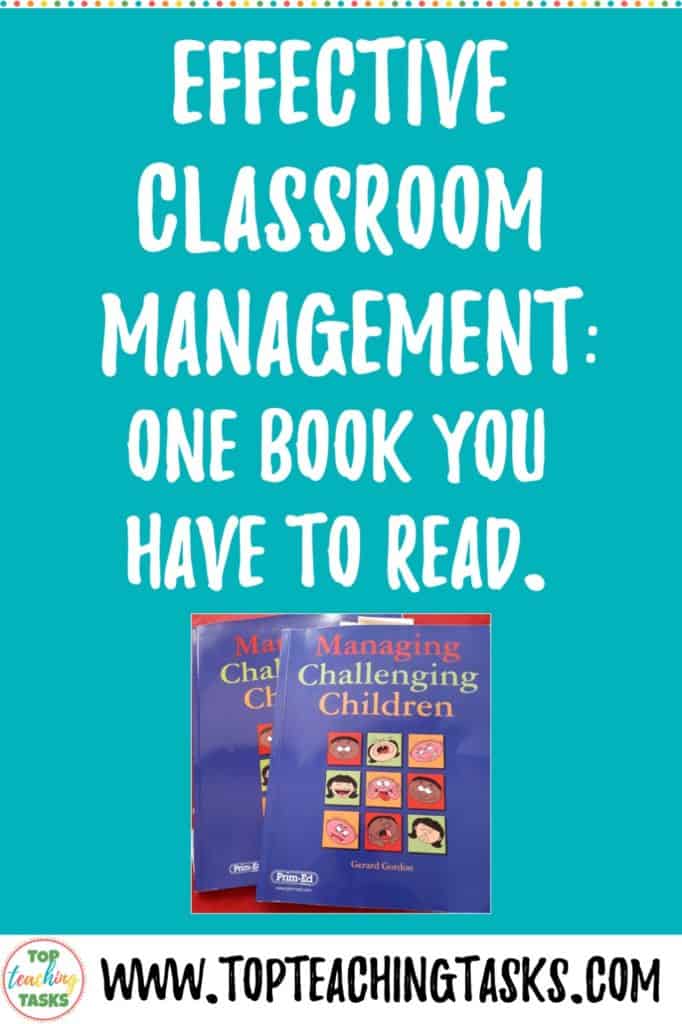
If you are going to read one book about classroom management, then I wholeheartedly recommend Managing Challenging Children by Gerard Gordon – this is not an affiliate link – I just think you really should read it!
You know how you read a textbook sometimes and think, “I am sure they have just put all this long-winded academic-jargon into this book to impress their friends and sound intelligent”? Well, Gerard must have a great sense of confidence because he has thrown out of the academic jargon and written a book that is both easy to understand AND very practical. You could sit down and read it from cover to cover in an evening, but I bet you can’t do so without feeling the need to grab a highlighter or some paper to take notes – it is that good.
An extra bonus of this book – it’s great for parents! I had forgotten how much of this book can be transferred from the classroom to the home environment – lots of great, practical knowledge.
Here are my top three takeaways from this book.
1. It’s all about expectations

The first thing to consider with classroom management isn’t your class – it is you. Gerry (Gerard sounds a bit formal, so I’m going to call him Gerry) points out that, in his experience, those teachers who have the best success in dealing with challenging behaviour believe that they can. One aspect of this book that I really like is the focus on the role and responsibility of the teacher (see point 2 also). If we, as teachers and parents, come at behaviour issues with positivity, optimism and good old fashioned hope, we are at least starting off in a good position. Here’s a great quote from the man himself:
Be the person who changes lives. Be the person who never stops believing. For everybody’s sake, EXPECT THE BEST, because when you do, you very often get it!
2. The only person’s behaviour you can control is your own
Gerry talks about the illusion of control. Instead of trying to control your class, you should be aiming to influence it. As teachers, however, we are in control of our attitude and our behaviour. When you experience behaviour in your classroom that is disruptive or negative, take a moment to consider your role.
For example: Does the student/class:
- Understand the task you are wanting them to do?
- Have the materials they need to complete the task?
- Know what to do when they finish the task?
Upon reflection, I realise that particularly messy lessons were often down to my role as the teacher. If you have a lesson or a day where everything seems to go wrong, spend some time reflecting on the causes of this, and don’t be afraid to look in the mirror.
3. Focus on the behaviour that you want to see
Gerry dives deep into this idea of control and the role of the teacher in influencing behaviour. I like his challenge to focus on the behaviour that you want to see. As he says, if you want little Jimmy to stay in his seat when he is completing his work, praise him when you catch him sitting in his seat and acknowledge the appropriate behaviour. Also, when other children hear you acknowledging the appropriate behaviour, this is reinforced to them in a positive way. This book focuses on the many practical actions (using wait time, praise, rewards, consequences, and more!) that you can take as a teacher to manage challenging behaviour.
I’ve been focusing on this with one of my own children who has been quite negative recently. I started celebrating any little bit of enthusiasm or positivity that she showed, and you know what I started noticing more and more? Her positivity!
4. The Big Toe First Technique
In Chapter Five, Gerry talks about the ‘Big Toe First’ technique. He uses the analogy of dipping your toe into the “behavioural waters” first, rather than jumping in the deep end. We can all think of times we have let rip at a student for inappropriate behaviour and later regretted it. The Big Toe First technique definitely helps with this!
The Big Toe First technique (and it is explained in much better detail in the book) can be used when a student is off-task or being disruptive. There are nine steps, with the last one (exit strategy) being the “last straw” so to speak.
- The student is given opportunities to choose to change their behaviour – kids love choices!
- The rest of the class isn’t distracted by a back and forth argument between the teacher and student.
- Appropriate behaviours are acknowledged far more than the student’s negative behaviour
Often, “just dipping the big toe in” is all that a student needs to change their behaviour. I will give you a couple of examples.
The Big Toe First Technique Examples
Step One is to Acknowledge Appropriate Behaviour. Here is an example: Maia is off-task while the teacher is working with a small group. The teacher sees that Mark, who sits near Maia is on task and says, “Mark, I like the way you have got on with your work quickly and quietly – great stuff.” Many times, that may be all Maia needs to get the hint that she too should be getting on with her work. This one worked very well for me in the recent school holidays!
Step Two is to Increase Physical Proximity. For example, Harry is drumming with his coloured pencils instead of doing his independent reading. The teacher does step one by praising a student near Harry (let’s call him Jack) for his quiet and settled independent reading. Noticing that Harry is still drumming away, the teacher moves closer to where Harry is drumming while continuing to acknowledge the behaviour that she wants to see, “Great reading Grace, nice focus Tim.” The comments are positive, and the non-threatening and calm movement closer to Harry will often be enough for him to put the pencils down and pick up the book.
The teacher in both these situations dipped their big toe in the pool rather than jumping in the deep end with something like “TIM, PUT THOSE PENCILS DOWN OR I WILL THROW THEM OUT THE WINDOW!”
What about those children who are still off task after step one and two. Well, you will need to buy the book to find out! Or, keep reading and you could win a copy!
Back to School Starter Kit
Our Back to School Starter Kit contains everything you need to get your classroom set up and ready for day one. This resource includes classroom decor and display materials, literacy and social studies activities, early finishers and team building activities, and more!
Print, photocopy and laminate these resources and then put your feet up knowing you are ready for day one! You’ll also save with our generous discount (25% off!). See more here.
Also in our Beginning Teachers series
Make sure you sign up for my newsletter below. The newsletter’s free resources were downloaded over 50,000 times this year.
Join our membership
Onwards and upwards,

